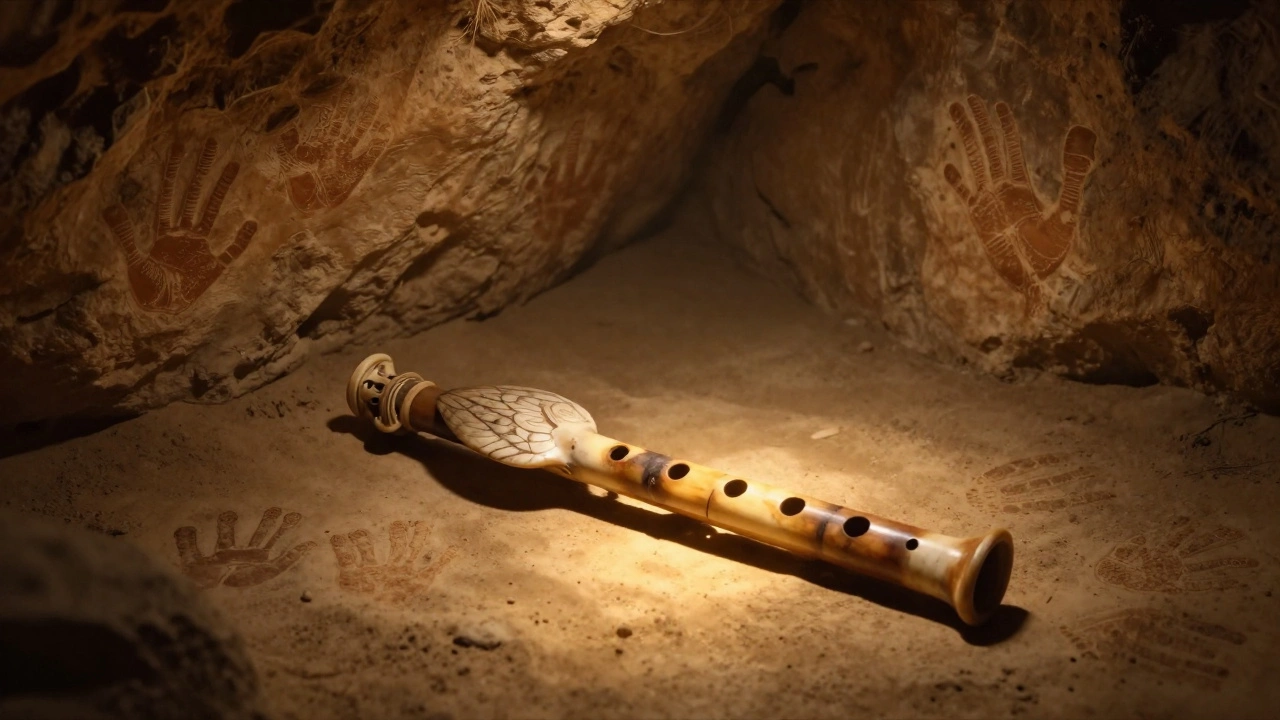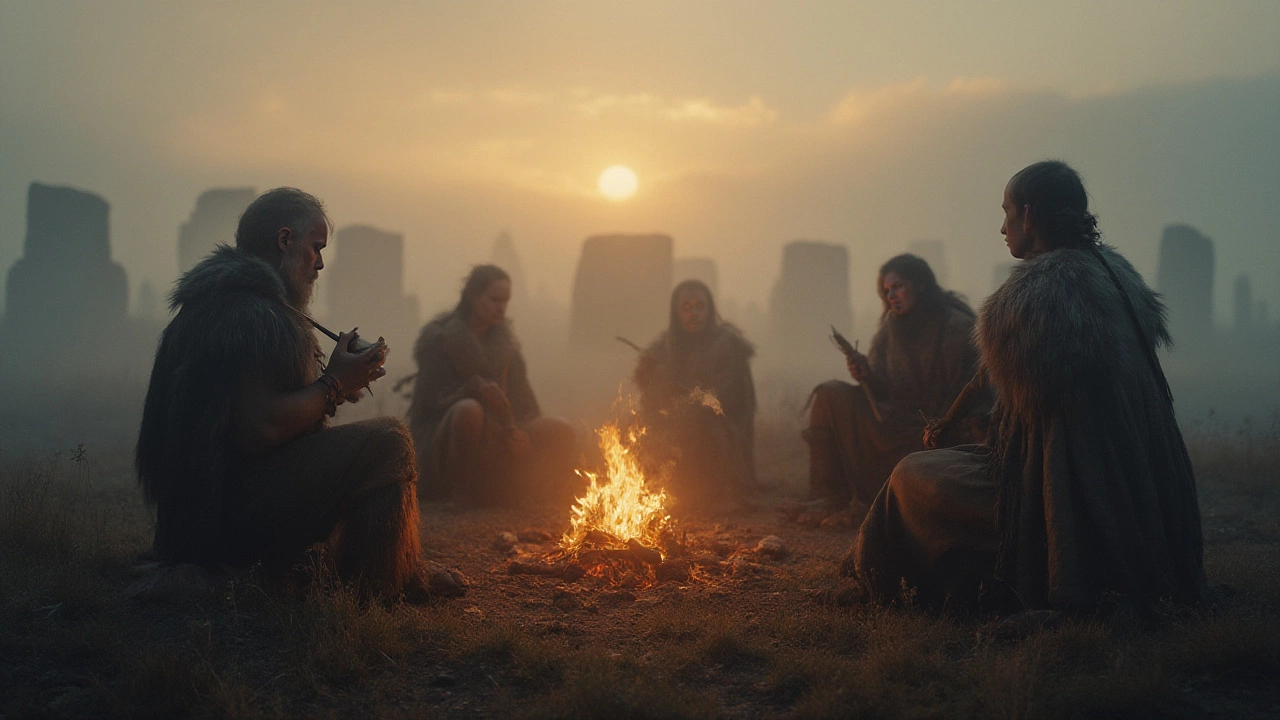Ancient Music – A Journey Through Time
If you’ve ever wondered what people heard before Mozart or the Beatles, you’re in the right spot. Ancient music isn’t a mystery you need a degree to crack; it’s a collection of sounds made with simple tools, natural materials, and lots of creativity. Below you’ll find clear steps to hear, understand, and enjoy music that dates back thousands of years.
What Counts as Ancient Music?
Generally, anything created before the 17th century falls under the “ancient” label. That means chants from Ancient Greece, drum beats of early African tribes, and the haunting lyres of medieval Europe. The instruments are often wood, bone, or animal skin – think flutes carved from reeds, lyres strung with gut, and drums made from hollowed logs. The melodies are usually short, repetitive, and built around natural rhythms like sunrise, harvest, or religious rituals.
How to Explore and Enjoy Ancient Music
First, pick a source. Free streaming platforms, public library archives, and specialist sites offer recordings of reconstructed ancient pieces. Look for terms like “early music,” “medieval recordings,” or “ancient music download” to narrow the list. When you hit play, pay attention to the texture – notice how the sound of a single flute can fill a room, or how a drum’s pulse drives the whole piece.
Second, learn the basics of the instruments. A quick YouTube search for “ancient lyre demo” or “Greek aulos sound” will give you a real‑time feel for how they were played. You don’t need to become a pro; just hearing the breathy tone of a reed or the metallic twang of a bronze horn helps you picture the original setting.
Third, connect the music to its story. Most ancient tracks were tied to ceremonies, storytelling, or daily work. For example, a Celtic harp tune might have accompanied a spring festival, while a Sumerian chant could have been part of a temple rite. Reading a short paragraph about the piece’s origin before you listen adds context and makes the experience richer.
Fourth, try a DIY experiment. Grab a simple recorder or a wooden spoon and a piece of string. You can mimic a drum’s rhythm or a reed’s timbre with minimal gear. Playing along with a recording turns you from a passive listener into an active participant, and it’s surprisingly fun.
Finally, share what you discover. Talk about a favorite ancient track with friends, post a short comment on a music forum, or add a playlist to your streaming account. The more you talk about it, the deeper the memory sticks.
By following these steps, you’ll move from curiosity to genuine appreciation. Ancient music isn’t just old sounds; it’s a living window into how people felt, celebrated, and survived long before modern tech. So press play, listen closely, and let the past speak through melody.

1 Dec 2025
The oldest song genre isn't a named style like blues or jazz-it's folk music, born from human rhythm and voice tens of thousands of years ago. Rooted in survival, community, and emotion, it's the foundation of every genre that followed.
Continue reading...

